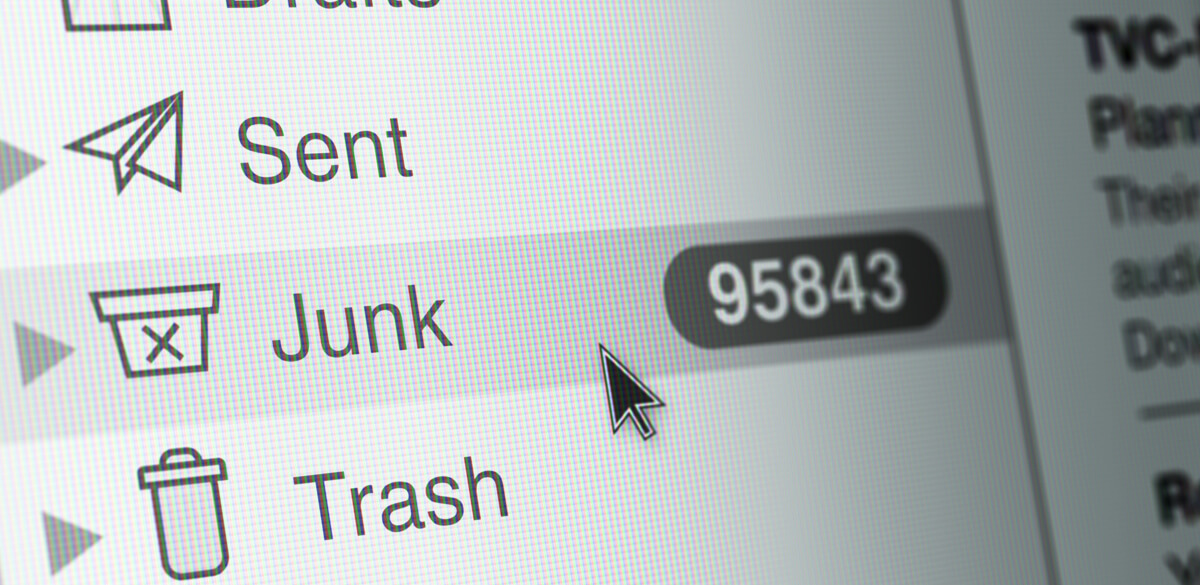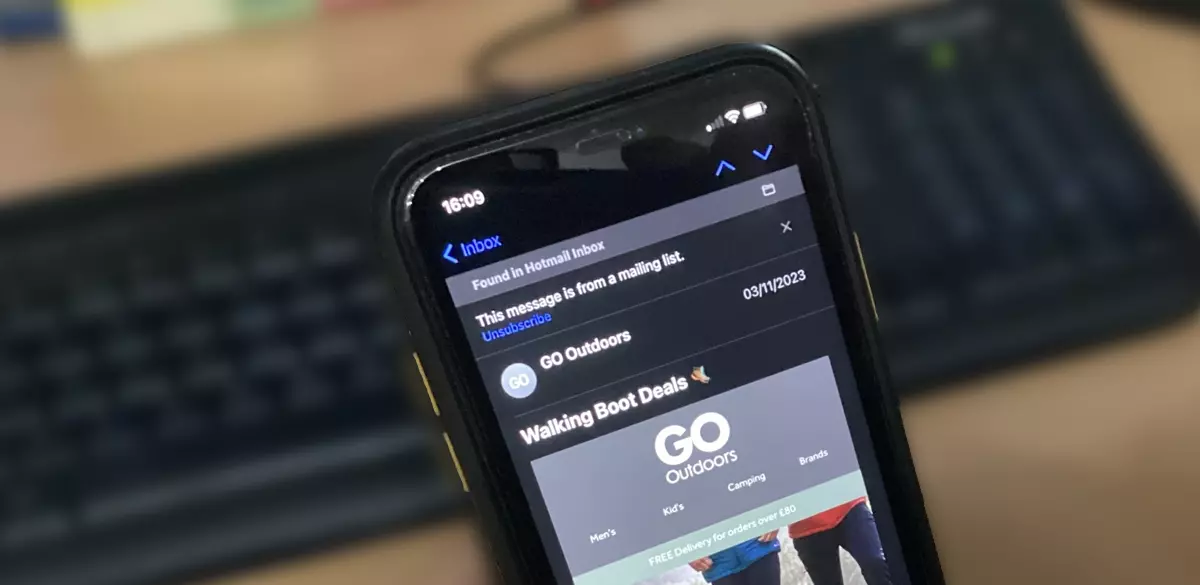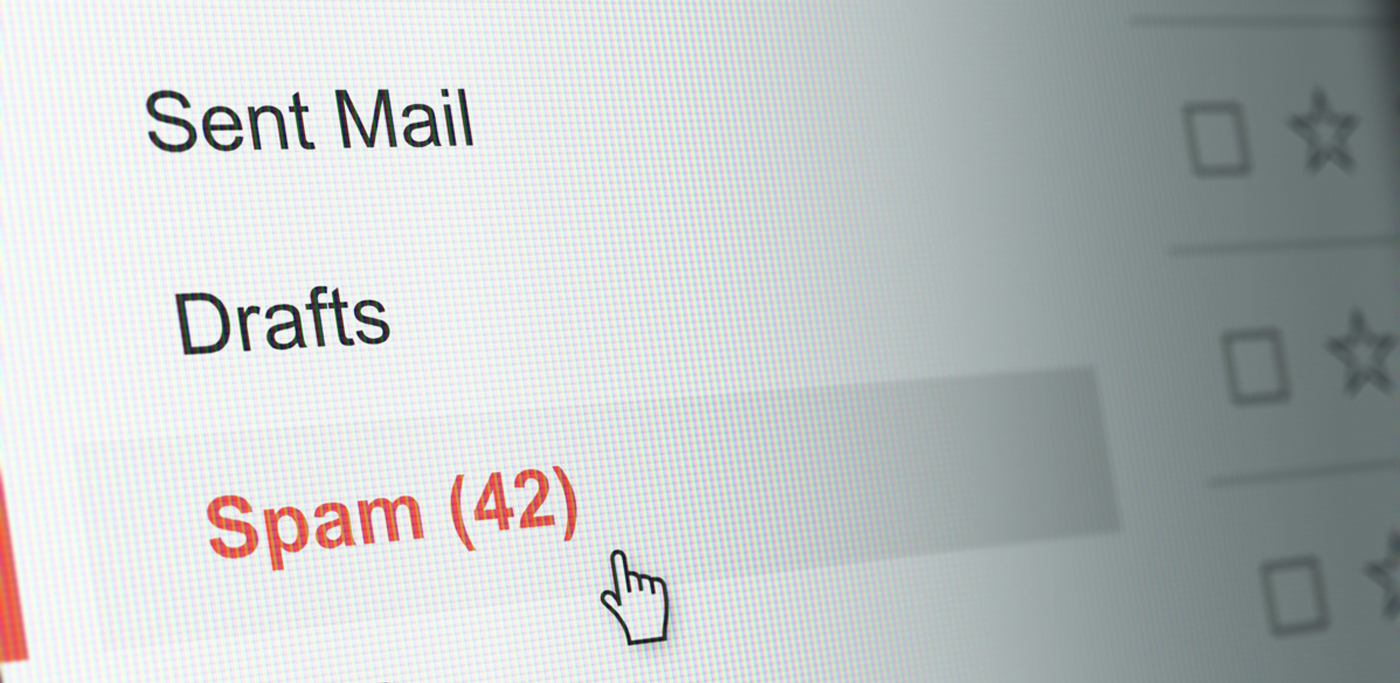There’s been quite a bit of scaremongering going about lately, about the changes that Gmail and Yahoo are taking in their efforts to stop spam.
Not to say they don’t do a bad job already, with Gmail claiming to stop 99.9% of all spam with their AI powered defences. But now they say they are taking things to the next level.
Let’s first quickly recap the changes, but then we’ll show you that if you are using a tool such as RedEye, then actually all these changes have already been taken care of.
On the topic of deliverability, we consider ourselves a pioneer in the industry and ahead of the curve. These latest changes confirm this, as we’ve always had, and always will have, a long-standing dedication to best practice sending!
What are the changes?
From February 1st 2024 there are 3 big new requirements when sending to Gmail or Yahoo email addresses.
- 1. Authentication is now enforced, not just best practice
- 2. Unsubscribing must be available in one step
- 3. Spam rates must be below 0.3%

Mandatory authentication
Email authentication is used to build your sender reputation and tell the Inbox Service Providers (ISP)’s that you are a legitimate sender. They use this authentication to protect your customers from receiving spam.
There are currently four main authentication standards – ‘Sender ID’, ‘Sender Policy Framework’ (SPF), ‘DomainKeys Identified Mail’ (DKIM) and ‘Domain-Based Message Authentication, Reporting and Conformance’ (DMARC).
These standards have been developed over the years with input from Gmail and Yahoo and they have always been at the forefront of email security, and so it makes sense that this next stage of email authentication comes from them.
The protocols of authentication have been around for a long time and has been recommended as best practice.
Previously, Google recommended that emails sent to Gmail address have best practice authentication, which helped reduce the number of unauthenticated emails sent to customers they claimed by 75%.
Which is good news for those brands that abide by good sending practices, as the inboxes have started to become less cluttered enabling more good emails to go through.
But now Gmail and Yahoo want to take this further and are now enforcing authentication before your emails will reach any Google or Yahoo inboxes. And if you don’t abide by it then quite simply your emails won’t reach the customers inboxes.
Anyone who uses RedEye will already have authentication covered which happens at your onboarding and set up, as we have always taken this very seriously.
We’ve been part of the beta programs for all of the ISP feedback loops over the years, as well as early adopters of authentication protocols such as SPF, Sender ID, Domain Keys, DKIM and DMARC.
This means that you can be confident that RedEye has your back when it comes to ensuring the ISP’s know you are a legitimate sender.

One click unsubscribing
We hope that you are all sending relevant and personalised emails that your customers want to receive and engage with, so that there is hardly ever any unsubscribes…
But for any customers who now make that decision, Google and Yahoo will require that it must be available through one click, and that must be processed within two days.
This is all in aid of the end customers, trying to make their experience better, by making it quicker and easier for them to opt out if they are receiving any unwanted marketing emails.
Marketers must ensure – if they weren’t already – that they are using a list unsubscribe header which will ensure the process is done in one click.
Essentially this creates a unsubscribe button in the webmail apps (like Google and Yahoo Mail), enabling the customer to more easily see how they can opt out – if they wish – and make that process seamless – if they choose to.
The button provides the customer the option to opt out in one click and that data is automatically passed back to the email provider.
RedEye has already been providing the list unsubscribe headers for years, automatically applied to any email that is sent from our platform, which enables us to seamlessly collect any unsubscribe data from the webmail apps and track it in our RedEye platform.
On top of this RedEye has for quite some time been recommending to their clients that they add unsubscribe links also to the top if their creatives.
Going back to what I said first, is that if you are sending personalised emails that are meaningful to your customers then any of these additional changes to make the unsubscribe process easier – or making it more visible in your emails – should not matter – as your customers should be willing and excited to receive your emails. Not desperately looking for the way to opt out.
If you don’t feel your emails are personalised or engaging enough, then that could be another reason to reach out to speak to RedEye.
As not only is that our bread and butter, but we thrive on seeing our clients engagement rates sky rocket – by sometimes simple, but thoughtful uses of data for personalisation.

0.3% spam rate
The final key part of this announcement is that they have now enforced a clear spam rate threshold. Your spam rate therefore should be less than 0.3%.
If not Google and Yahoo will see you as a bad sender and therefore prohibit your marketing emails from reaching your customers inboxes.
As per above, if you are sending the right message, to the right customer, at the right time, and at the right frequency, there shouldn’t be any need for them to reach for the ‘spam’ compliant button.
But if you have a habit of not even segmenting your database, and sending the same message to everyone, and with high frequency – this could lead to customers feeling they are getting overwhelmed by emails from you – which sometime can lead to them hitting spam.
This can be detrimental to your sender reputation and so segmentation, personalised content and frequency should be the cornerstone of your CRM strategy.
RedEye has been at the forefront of spam complaint reduction, being the first email service provider to use engagement RFM segmentation, which we later developed to become our class leading AI-powered Predictive Frequency Manager.
This enables clients to predict the most suitable frequency of communications to each individual customer. Enabling you to send more to those that are willing, and less to those that are less engaged.
Sending the right content, to the right person at the right time, might be an easy thing to say, but as any email marketer will know, sometimes it can be a challenge.
Using the right tools and having access to the expertise to help you use them, is invaluable in overcoming those challenges, so if you are not already a client of RedEye, give us a call and find out how we can help.
Enjoyed this article? Sign-up to receive updates





